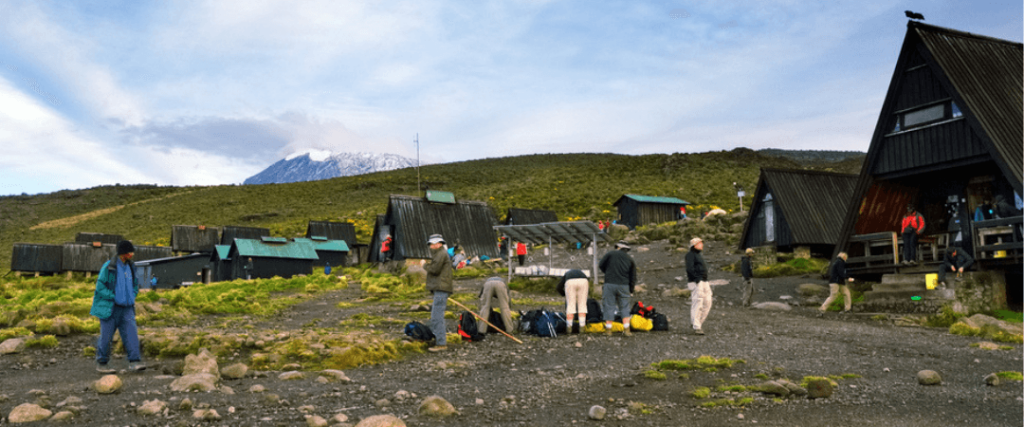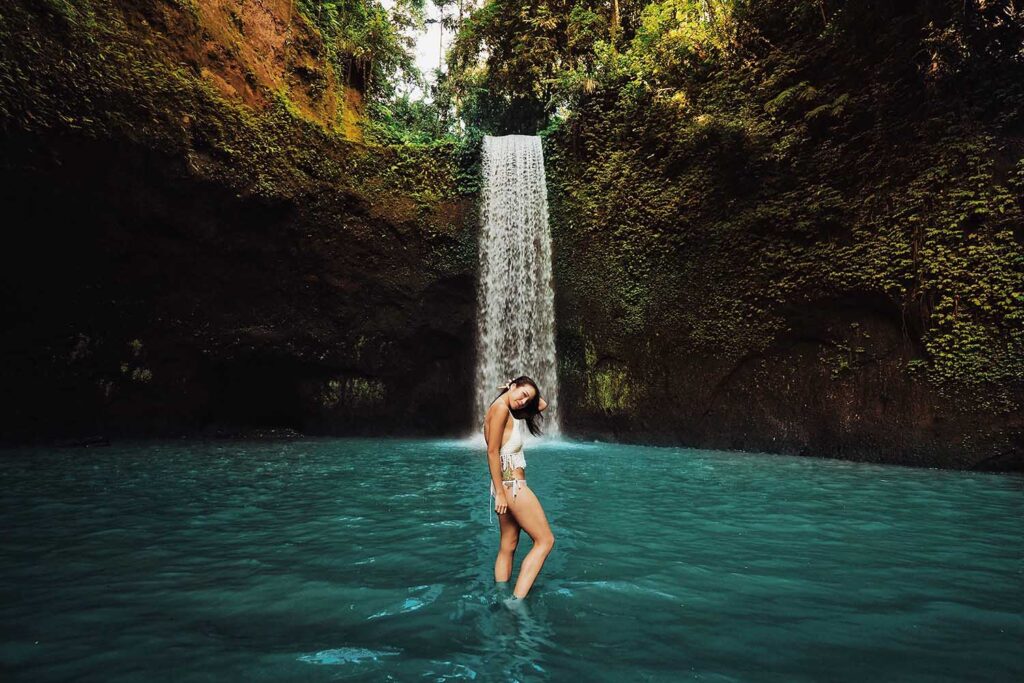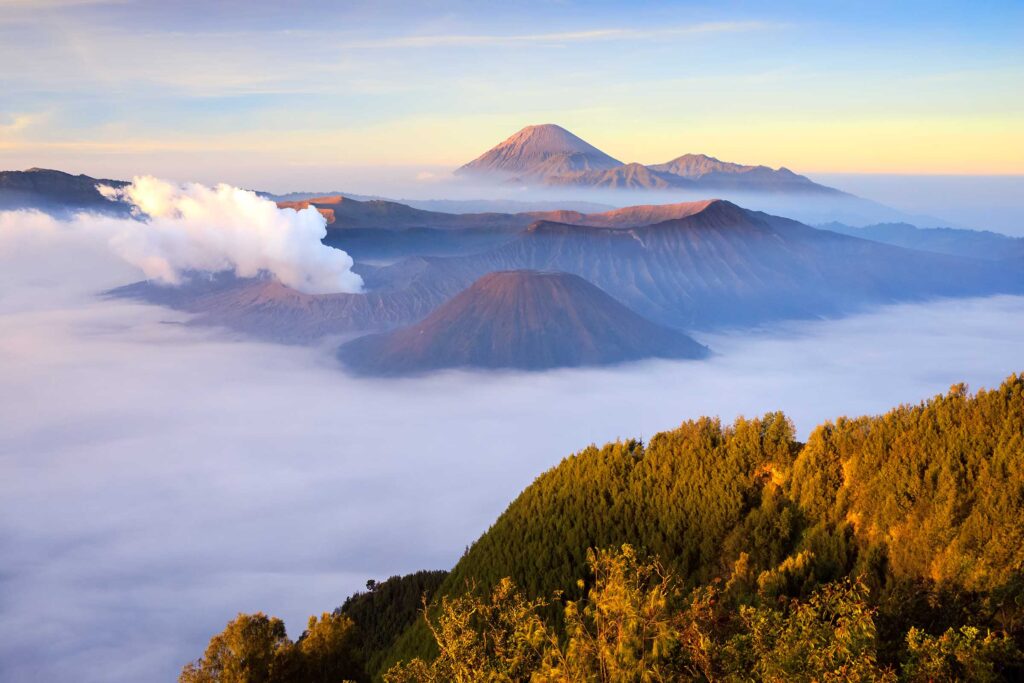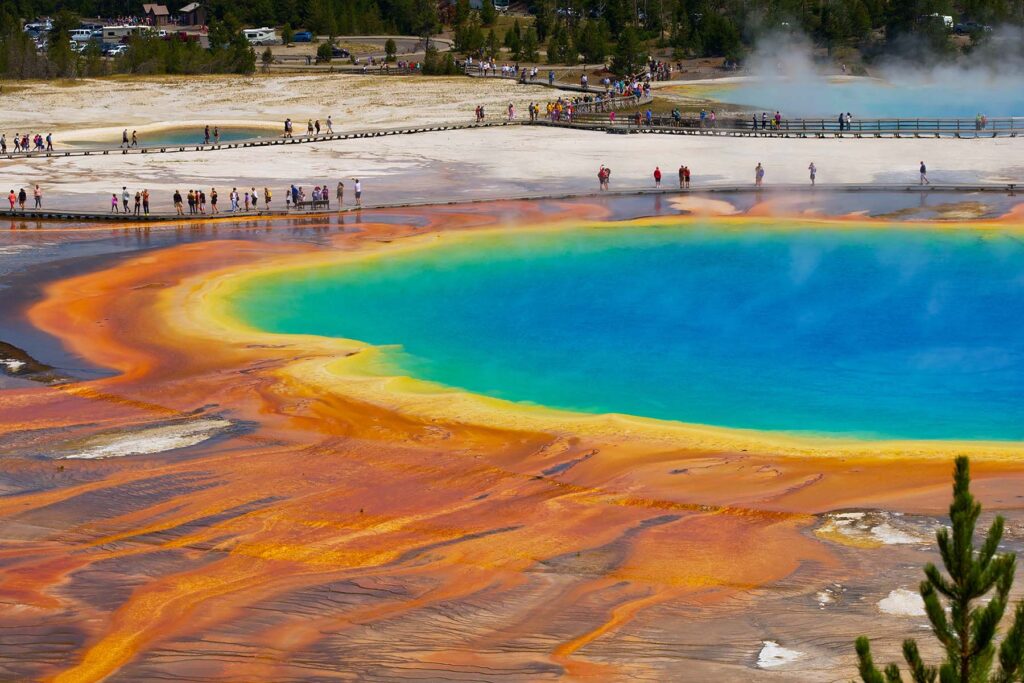Kilimanjaro trekking
-
Home
- Kilimanjaro trekking
Embark on an Epic Summit Adventure
Africa’s highest peak, is a bucket-list destination for many. Climbing this iconic mountain is a challenging but rewarding experience, offering stunning views and a sense of accomplishment.Experience the thrill of conquering Mount Kilimanjaro, Africa’s highest peak, with Taula Management. Our expert guides and personalized itineraries ensure a safe, enjoyable, and unforgettable journey.
- Experienced Guides: Our team of experienced and knowledgeable guides will ensure your safety and provide valuable insights throughout your climb.
- Personalized Itineraries: We tailor our itineraries to suit your fitness level, interests, and desired duration.
- Comprehensive Support: Our services include transportation, accommodation, meals, permits, and equipment rental.
- Safety First: We prioritize your safety and well-being, with experienced guides and emergency protocols in place.
- Local Expertise: As a Tanzania-based tour operator, we offer competitive prices and in-depth knowledge of the region.
Dry Season (December to February, June to August):
- Pros:
- Clearer skies and better visibility for summit views.
- Less rainfall, making trekking more comfortable.
- Fewer crowds, especially during the shoulder seasons (June and August).
- Cons:
- Colder temperatures, especially at night.
- Some routes may be more challenging due to snow and ice.
Wet Season (March to May, September to November):
- Pros:
- Lusher landscapes and more vibrant wildlife.
- Potentially lower prices due to fewer tourists.
- Cons:
- Higher chances of rain and fog, affecting visibility and trekking conditions.
- Increased risk of altitude sickness due to warmer temperatures.
Shoulder Seasons (June and August):
- Pros:
- Clearer skies and fewer crowds than the peak dry season.
- Comfortable temperatures.
- Cons:
- Some rainfall is possible.
Ultimately, the best time for your Kilimanjaro trek depends on your personal preferences and priorities. Consider factors such as your desired weather conditions, budget, and the level of crowds you’re comfortable with.
Here are some additional tips for choosing the best time for your Kilimanjaro trek:
- Research the different routes: Some routes are more affected by weather conditions than others.
- Consider your fitness level and experience: If you’re a beginner, you may want to choose a less challenging route and a less crowded time of year.
- Set a budget: Prices can vary depending on the season and the level of service you choose.
By carefully considering these factors, you can choose the best time for your Kilimanjaro trek and ensure a memorable and enjoyable experience.
sub title
Popular Routes
Several routes lead to the summit of Kilimanjaro, each with its own unique characteristics. Here are some of the most popular options:
01
Machame Route:
This is one of the most popular routes, known for its scenic beauty and gradual ascent.
02
Marangu Route:
This is the oldest route and is considered the easiest, but it can also be crowded.
03
Lemosho Route:
A relatively new route, Lemosho offers stunning views and a less crowded experience.
04
Northern Circuit:
This route is longer and more challenging but provides opportunities to explore different ecosystems.
05
Rongai Route:
This route approaches Kilimanjaro from the north and offers a quieter experience.
Destinations
Exploring Earth’s Attractions
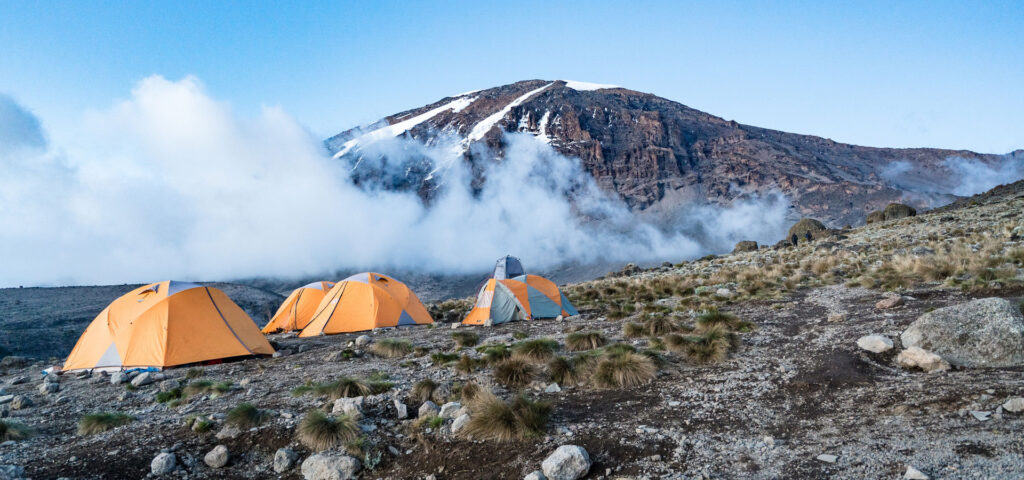
5-Day Machame Route
Start From
Machame Camp
A classic route with stunning views.
6-Day Lemosho Route
Start From
Shira Camp
A less crowded route with scenic beauty.
Marangu Route
Start From
Marangu Camp
The oldest and most direct route.
8-Day Rongai Route
Start From
Kibo Hut
A quieter route with a different approach.
8-Day Shira Route
Start From
Machame Camp.
A scenic route with a focus on acclimatization.
7-Day Northern Circuit
Start From
Shira Camp
A longer and more challenging route.
Gallery
Leading The Way In Adventure
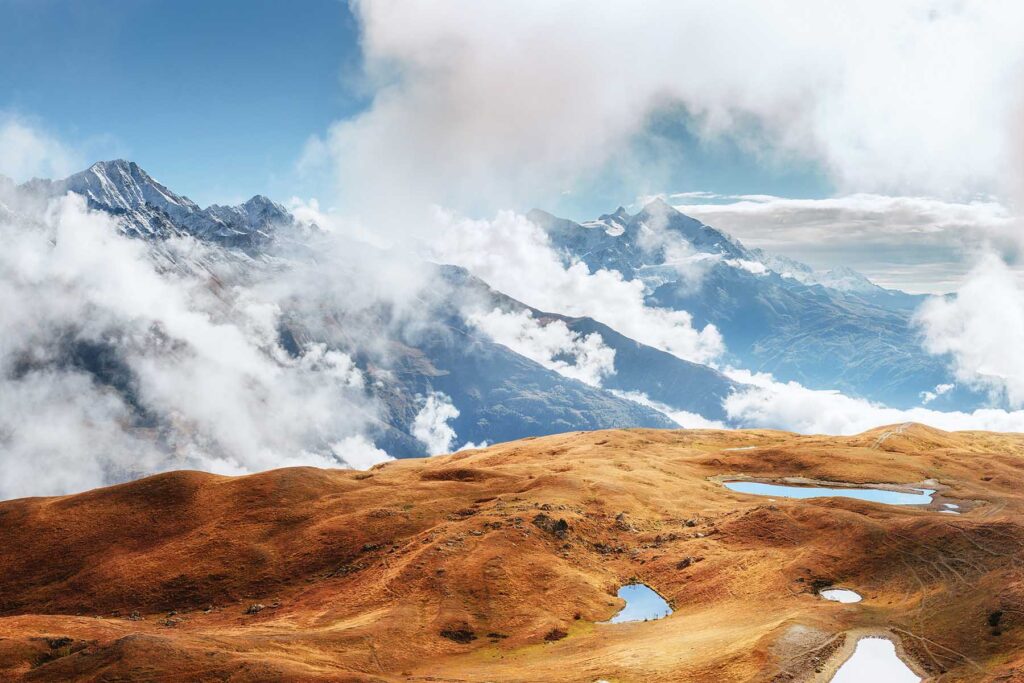

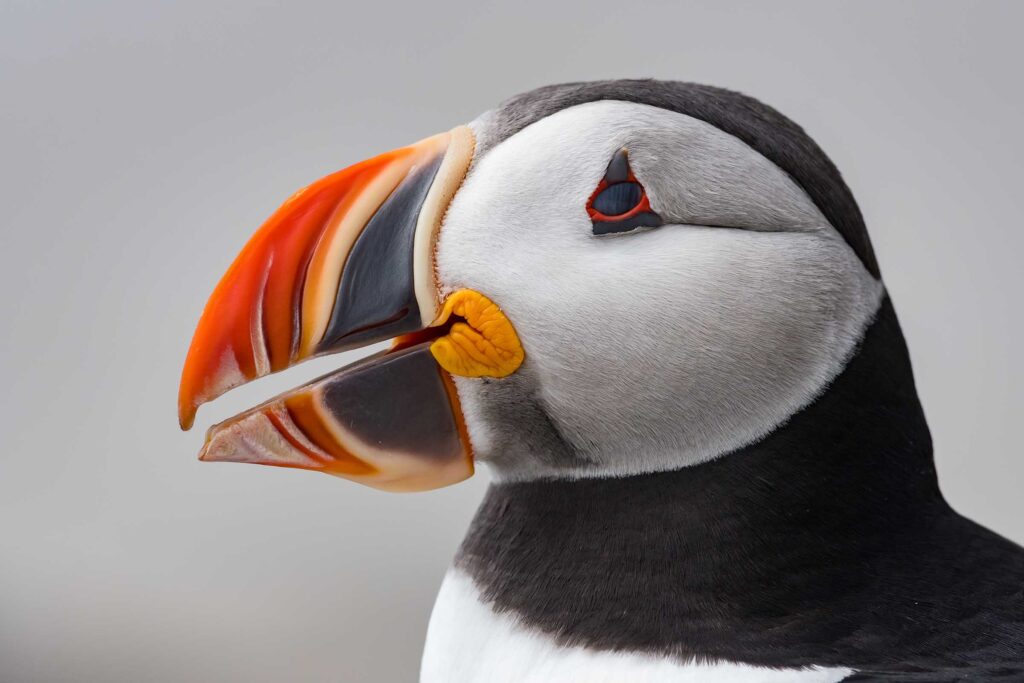
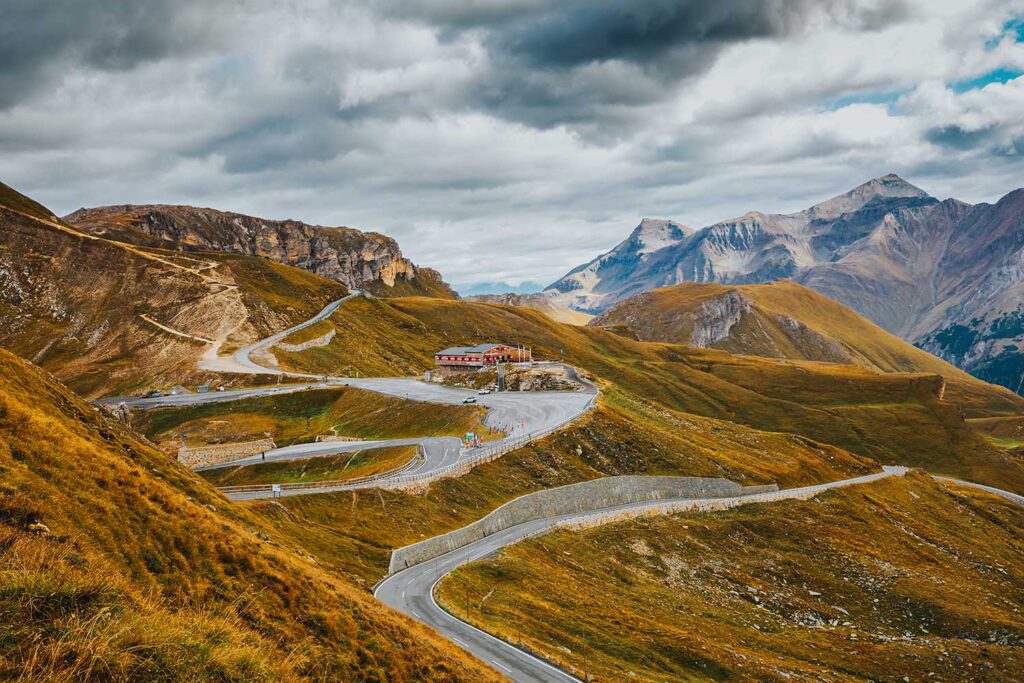
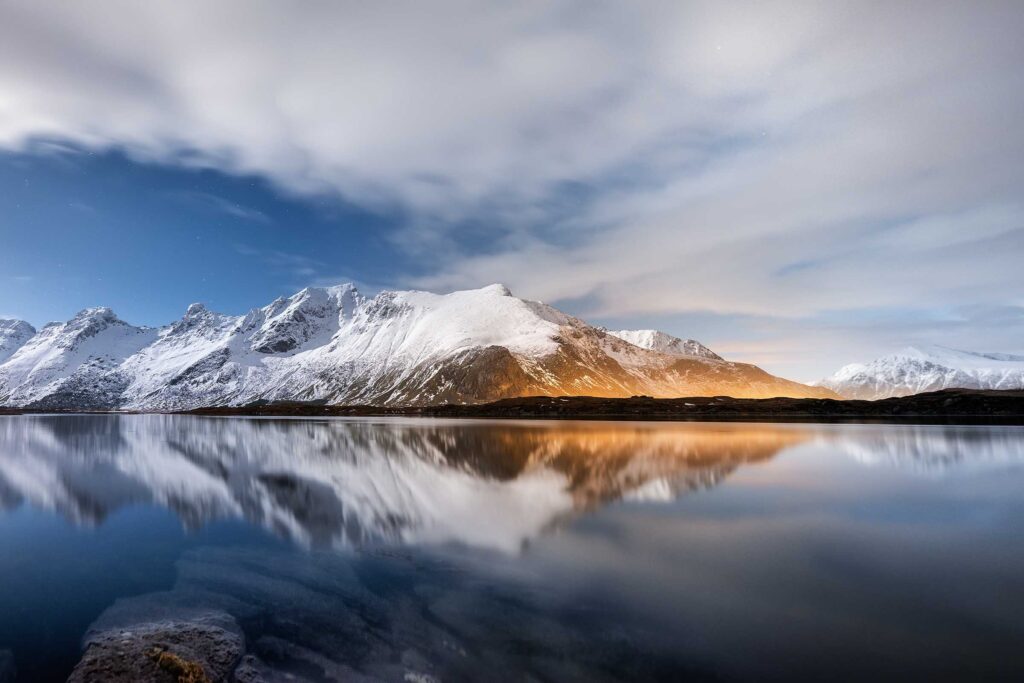
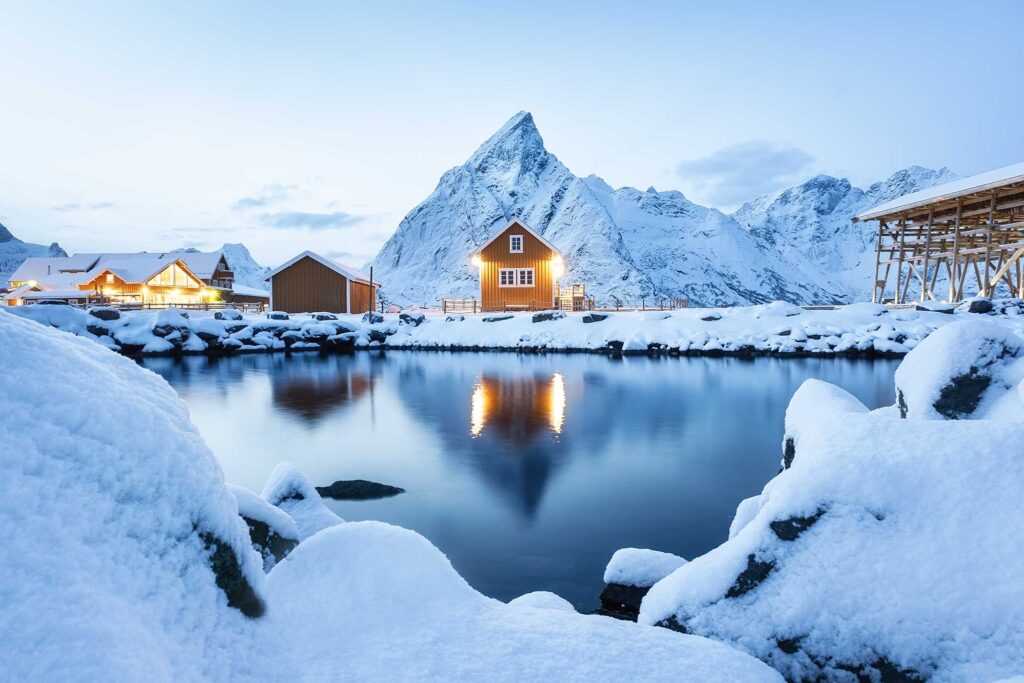
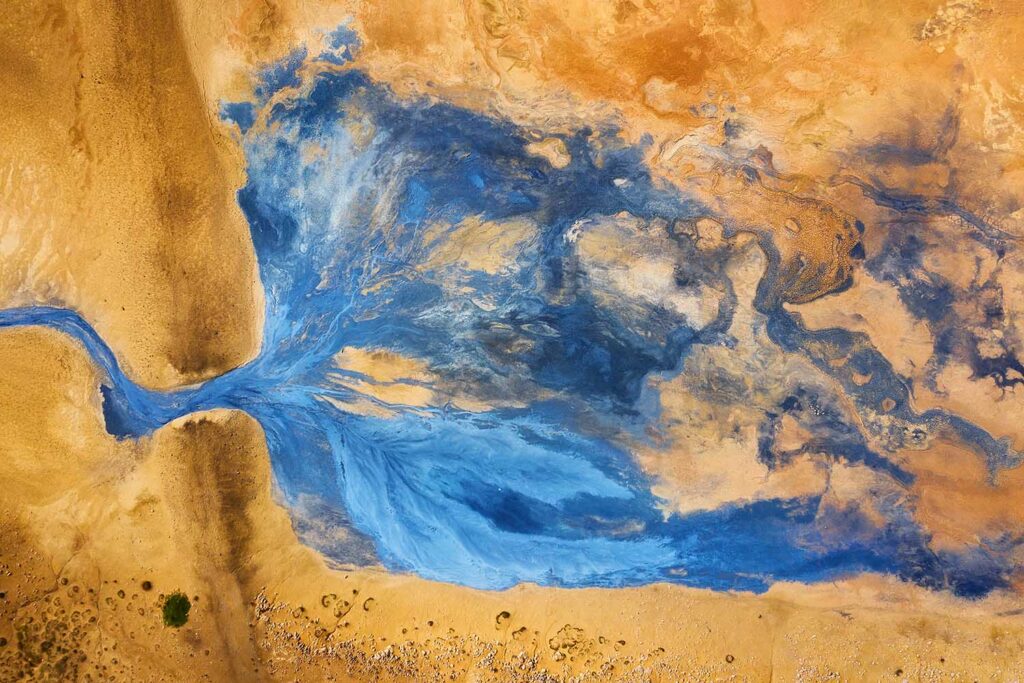
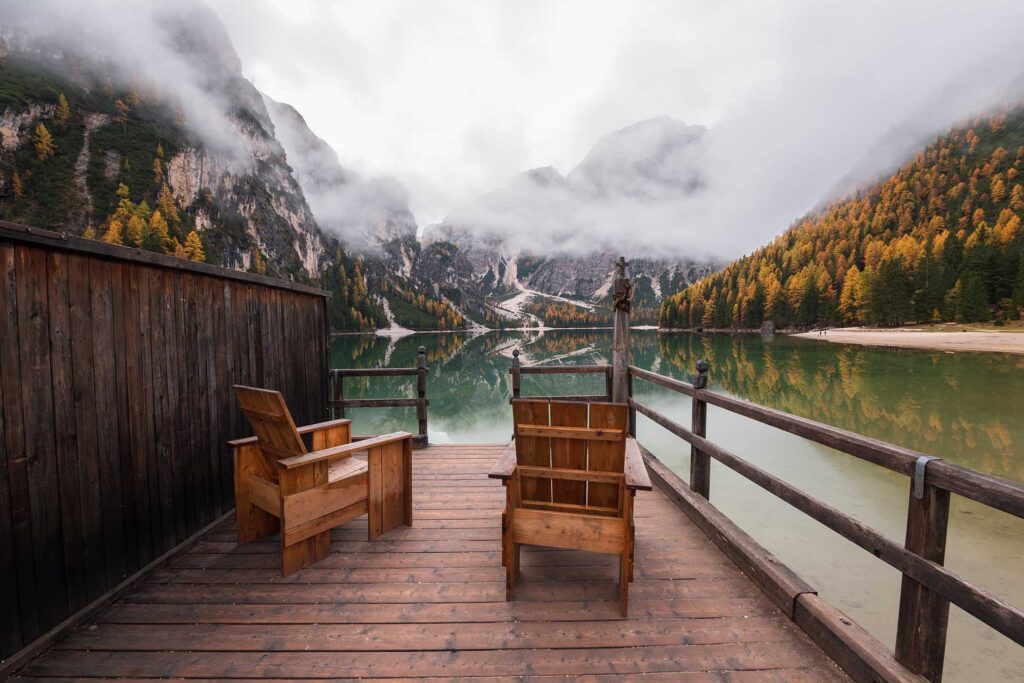
Get Started
Any Questions? Let’s Talk With Cup of Coffee
Lorem ipsum dolor sit amet, consectetur adipiscing elit. Ut elit tellus, luctus nec ullamcorper mattis, pulvinar dapibus leo.


